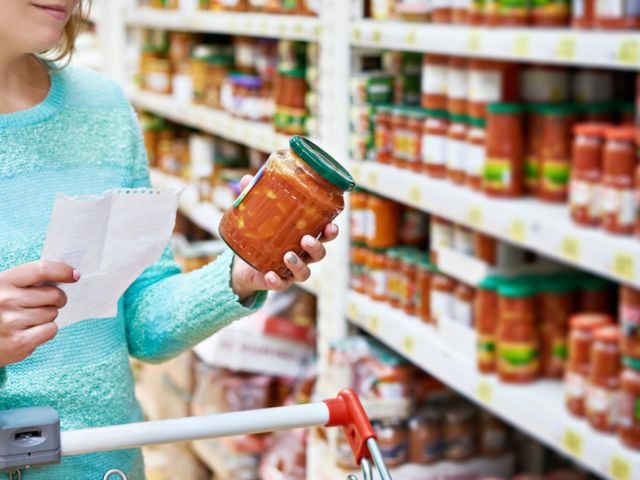
Today, a distinguished group of 50 scientists, health professionals and advocates called for urgent action to protect children from the harmful effects of toxic chemicals.
Project Targeting Environmental Neuro-Developmental Risks, also known as TENDR, was convened to assess the impact of toxic chemicals on children’s brain and nervous system development. In a statement published in the prestigious journal Environmental Health Perspectives, the group concludes that American children are widely exposed to chemicals known to impair development. They identify six toxic chemical exposures that pose clear risks to children’s neurodevelopment, and opportunities for immediate action. The harmful chemicals include:
- Organophosphate insecticides
- PBDE flame retardants
- Particulate air pollution
- Lead
- Mercury
- PCBs
“The goal is to protect expectant mothers, infants and children from neurotoxic chemicals by stepping up efforts to curb air pollution, remediate old lead pipes, phase out certain pesticides, ban endocrine-disrupting chemicals used in food packaging and plastics and come up with a plan for getting rid of furniture laden with fire retardants,” wrote The New York Times’ Roni Caryn Rabin, in her piece on the landmark statement.
EWG applauds this strong call for action and shares TENDR's concerns about children’s exposures.
In two of our own biomonitoring studies, EWG identified 232 toxic chemicals in umbilical cord blood samples, including lead, mercury, PBDEs and PCBs. EWG has also demonstrated that young children have consistently greater exposures to PBDEs and other toxic flame retardants than adults who live in the same home. Children are more likely to play on the ground, and put their hands or toys in their mouths, increasing their exposure risks. Because of their smaller bodies, children also have proportionally greater exposures to pollutants in air, water and food.
EWG offers dozens of tools help parents protect their children from toxic chemicals in their food, water, personal care products and homes:
- Pesticides. EWG’s Shopper’s Guide to Pesticides in Produce™ identifies the fruits and vegetables with the most and least pesticide residue. The guide helps people make informed choices to reduce pesticides in their diets.
- Mercury. EWG’s Good Seafood Guide identifies the safest and healthiest seafood for children and pregnant women. It also lists high-mercury species to be avoided.
- Flame retardants. Parents can now purchase furniture and baby items without PBDEs, but these and other toxic chemicals are still found in many American homes. Our guide to fire retardants gives tips on limiting children’s exposures to chemicals that migrate out of foam furniture.
- Lead. Parents should test paint in houses built before 1978 and use an EPA-certified contractor when renovating a house with lead-based paint. Some older homes have lead-contaminated water: Parents should find out if lead is a problem in their city and follow these tips to filter their tap water.
- PCBs. More than 40 years after they were banned, these industrial chemicals continue to harm people and the environment. PCBs contaminate fatty meat and dairy products, as well as some seafood. Homes and schools, particularly those built between the ‘50s and ‘70s, may have higher levels of PCB residue.
The TENDR statement is a shift from the traditional view that scientists should remain neutral and not get involved in policy debates. EWG has been sounding the alarm on toxic chemicals and children’s health for more than two decades, and we welcome these powerful voices to the fight.



